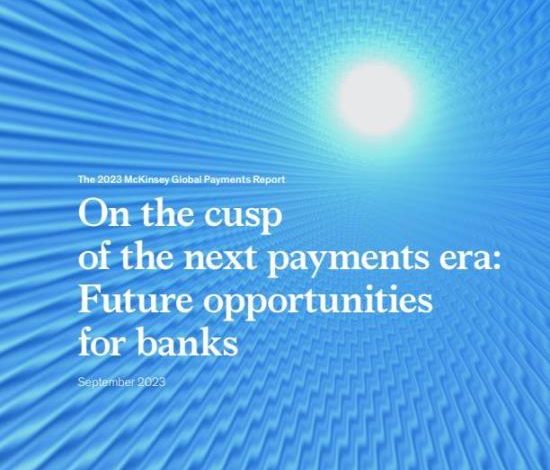The Future of Digital Payments: Trends and Technologies

The Future of Digital Payments: Trends and Technologies
Introduction
Digital payments have become an integral part of our lives, revolutionizing the way we make transactions. With the continuous advancement of technology, digital payment systems are set to undergo significant transformations in the future. In this blog post, we will explore the emerging trends and technologies that will shape the future of digital payments.
Trends in Digital Payments
1. Mobile Payments
Mobile payments have gained tremendous popularity in recent years, and this trend is expected to continue. With the proliferation of smartphones and the convenience they offer, more and more people are opting for mobile payment solutions. The future of digital payments will witness a greater reliance on mobile devices for making transactions.
2. Contactless Payments
Contactless payments, enabled by Near Field Communication (NFC) technology, have been on the rise. This trend will continue to grow as more payment providers and retailers adopt this secure and convenient payment method. The ability to make secure transactions by simply tapping a card or smartphone against a point-of-sale terminal will become more prevalent.
3. Biometric Authentication
In the future, traditional forms of authentication, such as PINs and passwords, will be replaced by biometric authentication methods. Technologies like fingerprint scanning, facial recognition, and iris scanning will offer enhanced security and convenience, making digital payments more secure and user-friendly.
4. Blockchain Technology
Blockchain technology, the backbone of cryptocurrencies like Bitcoin, has the potential to revolutionize digital payments. Its decentralized and transparent nature eliminates the need for intermediaries, reducing transaction fees and enhancing security. Blockchain-based digital payment systems will offer faster and more secure transactions in the future.
Technologies driving the Future of Digital Payments
1. Internet of Things (IoT)
As IoT devices become more prevalent, they will play a key role in digital payments. Connected devices like wearable technology and smart appliances will enable seamless and secure transactions. Imagine making a payment directly from your smartwatch or refrigerator. IoT technology will create new opportunities for innovative payment solutions.
2. Artificial Intelligence (AI)
AI has already made significant advancements in various industries, and digital payments are no exception. AI-powered chatbots and virtual assistants can provide personalized customer support and streamline the payment process. AI algorithms can also analyze patterns and detect fraudulent activities, enhancing the security of digital transactions.
Frequently Asked Questions (FAQs)
1. Are digital payments safe?
Yes, digital payments are generally safe. With advancements in encryption and security technologies, digital payment systems have become highly secure. However, it is essential to follow best practices such as using secure networks and regularly updating passwords to mitigate risks.
2. Will cash become obsolete in the future?
While the use of cash will likely decline, it is unlikely to become completely obsolete in the near future. Cash will continue to have a role in certain transactions and for individuals who prefer physical currency. However, digital payments will become the preferred choice for everyday transactions.
3. What are the benefits of digital payments?
Digital payments offer numerous benefits, including convenience, speed, and enhanced security. They eliminate the need for carrying physical cash, enable quick and hassle-free transactions, and provide secure methods of payment, reducing the risk of theft or fraud.
4. Can anyone use digital payment methods?
Yes, digital payment methods are accessible to anyone with a smartphone or an internet connection. There are various digital payment options available, such as mobile wallets, online banking, and peer-to-peer payment apps, catering to different preferences and requirements.
Conclusion
The future of digital payments holds exciting possibilities. With trends like mobile payments, contactless payments, biometric authentication, and technologies like blockchain, IoT, and AI, digital payments will become more seamless, secure, and convenient. Embracing these advancements will undoubtedly reshape the way we make transactions and pave the way for a cashless society.